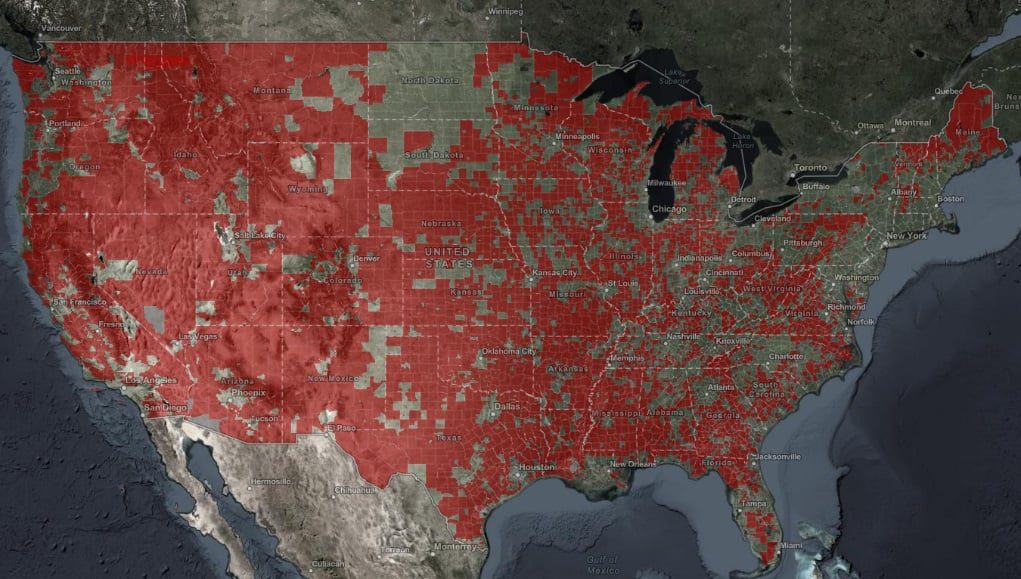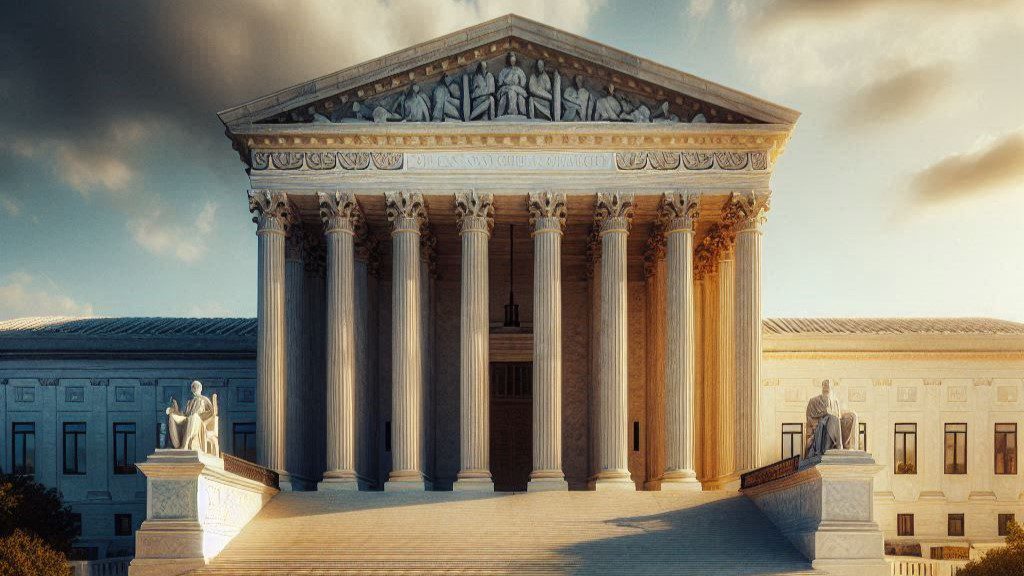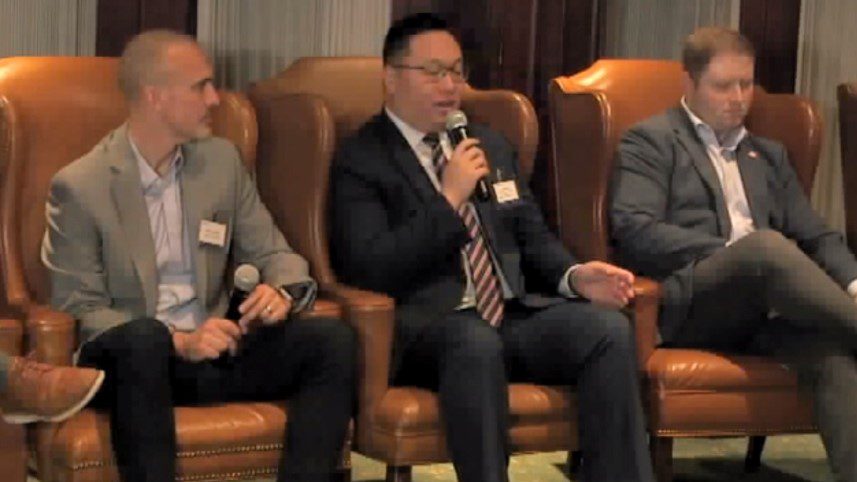NTIA Broadband Mapping Project Faces Daunting Challenges
Randy Sukow
|

Since June, the National Telecommunications and Information Administration (NTIA) has been displaying a National Broadband Availability Map on its website. It has begun mounting an effort to upgrade that map with data voluntarily collected from internet providers. Communities throughout the nation seek data to support applications for broadband funding through several new programs. But based on information from a recent NTIA online meeting with representatives of trade associations in the rural broadband world, the project’s progress will likely be slow.
Late last year, the FCC received funding to draw up a new broadband map, collecting shape files and other more precise data to determine where broadband service is available. It would replace maps based on the FCC’s Form 477 process, which surveys broadband providers every six months. Both consumers and businesses have complained for years that the Form 477 process yields out-of-date and otherwise inaccurate results.
The NTIA map, authorized through the American Jobs Plan earlier this year, is serving as an interim alternative to the new FCC map. It starts with the Form 477 data and then overlays additional information from other sources to improve granularity and add context to the data. Going forward, NTIA is collecting additional data from rural broadband providers. But there are problems.
- NTIA was unable to estimate the timing of the upgrade project. It could not say when it would be ready to ask for the first mapping data submissions.
- The agency is unsure of how it will synch the data it collects with Form 477 data. The FCC collects surveys from internet providers every March 1 and Sept. 1. However, it usually does not release reports based on those surveys until 12 to 18 months after receiving them. At the same time, NTIA intends to ask internet providers for their most recent data. It will be a challenge to avoid overlaying new data on top of old.
- The Form 477 response from internet providers is mandatory while the NTIA process is voluntary. It is likely that the quality of overlays in some areas will be better than others, depending on which providers participate.
- When the FCC completes its new map, NTIA anticipates throwing out Form 477 data and integrating with the new information. But it is impossible to say when the FCC project will end. It could be years.
NTIA called the meeting with trade associations to ask them for help colleting the data from their members. While Form 477 collects data at the census block level, NTIA is asking associations to collect and submit sub-census block data. Tim Moyer, NTIA’s director of Data and Mapping, said that his staff is too small to contact all internet providers individually.
“I’m lean and that’s why I can’t overpromise here. I just want to be realistic,” Moyer said. “We’ve just got to set expectations and it’s going to take some time.”
NRECA and NTCA – The Rural Broadband Association were among nine groups that participated in the online meeting. The associations reacted to the NTIA request with questions about how the agency will use the information, with whom they will share it and about the formats NTIA prefers for data transmission. Also, some said they also don’t necessarily have resources to participate in the project.
“Just like you guys are lean in the mapping department, so are our companies and all of us as associations,” said Steven Morris, VP and Deputy General Counsel at NCTA – The Internet & Television Association. “We have people who play around with it because they are curious and talented, but it’s not what they do.” He said that the burden of collecting data for the FCC is already heavy. “Going from census block to sub-census block is a massive change for our companies,” Moore said.


